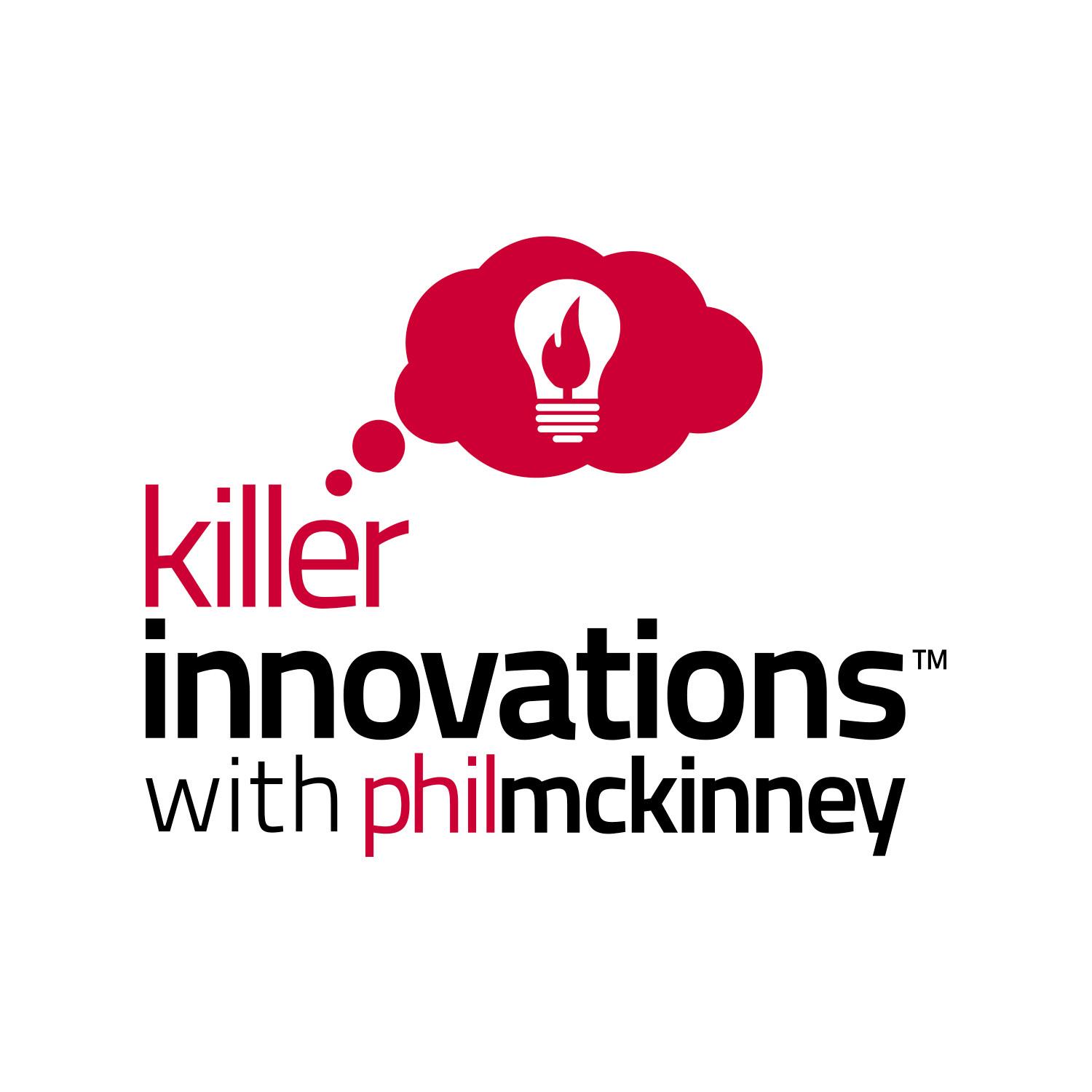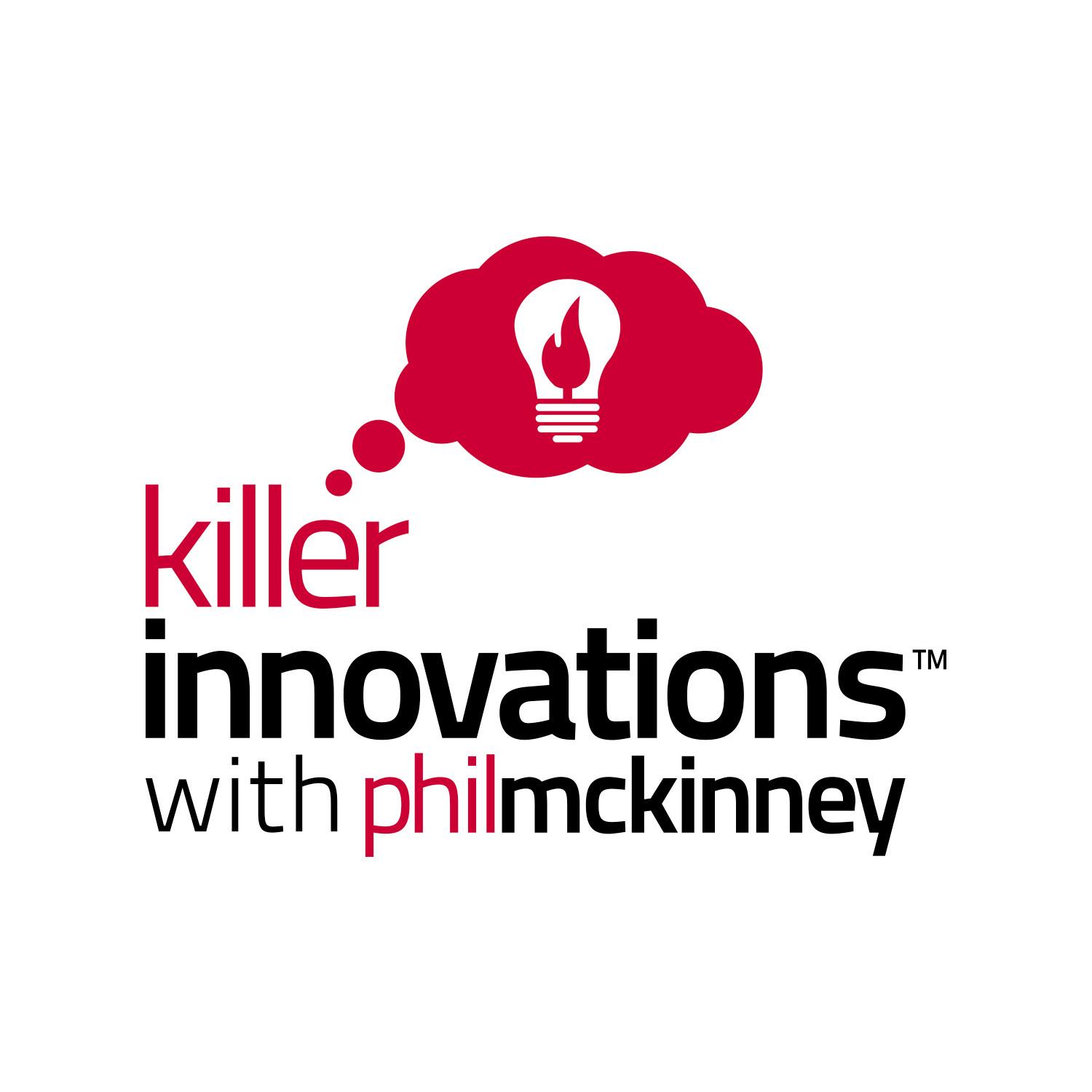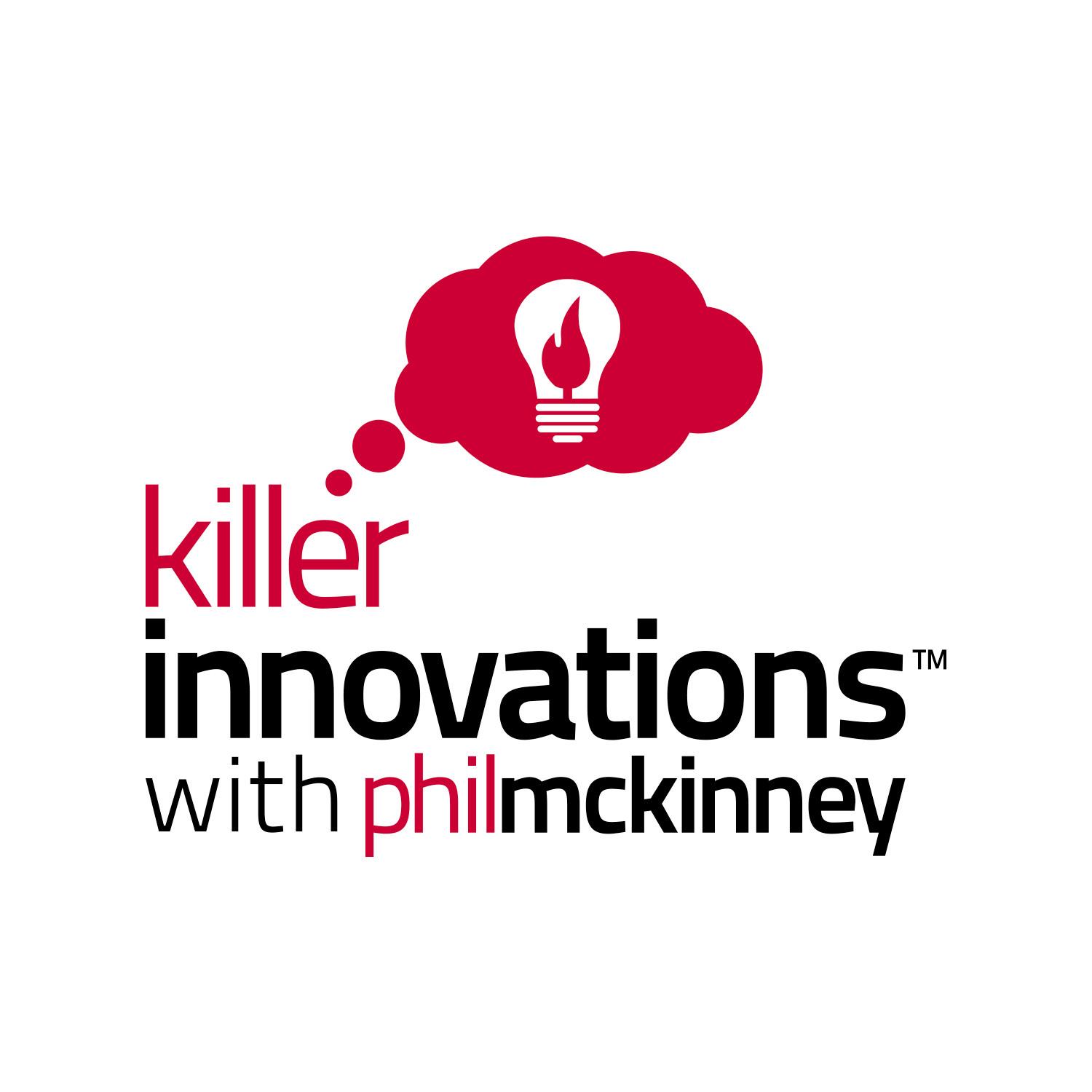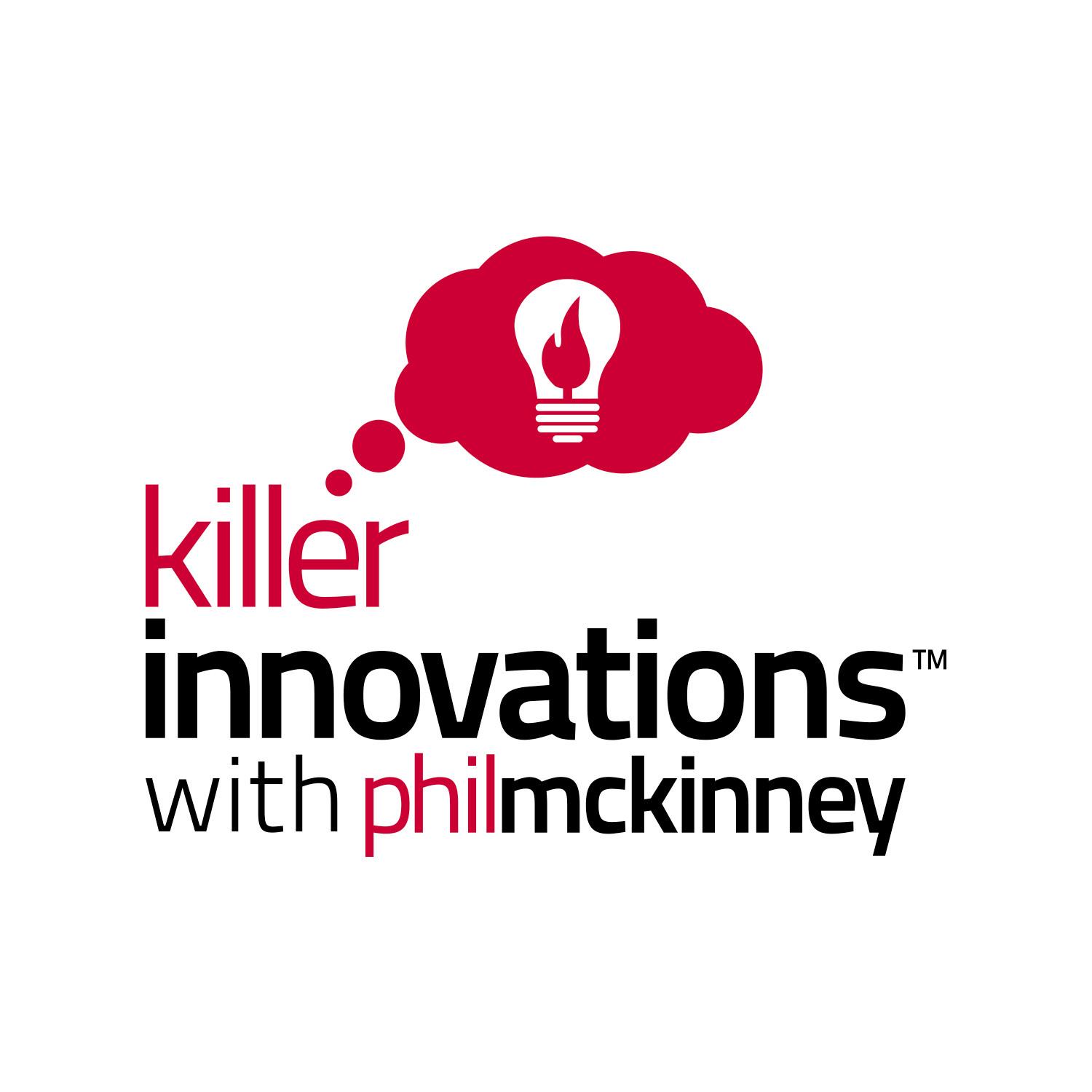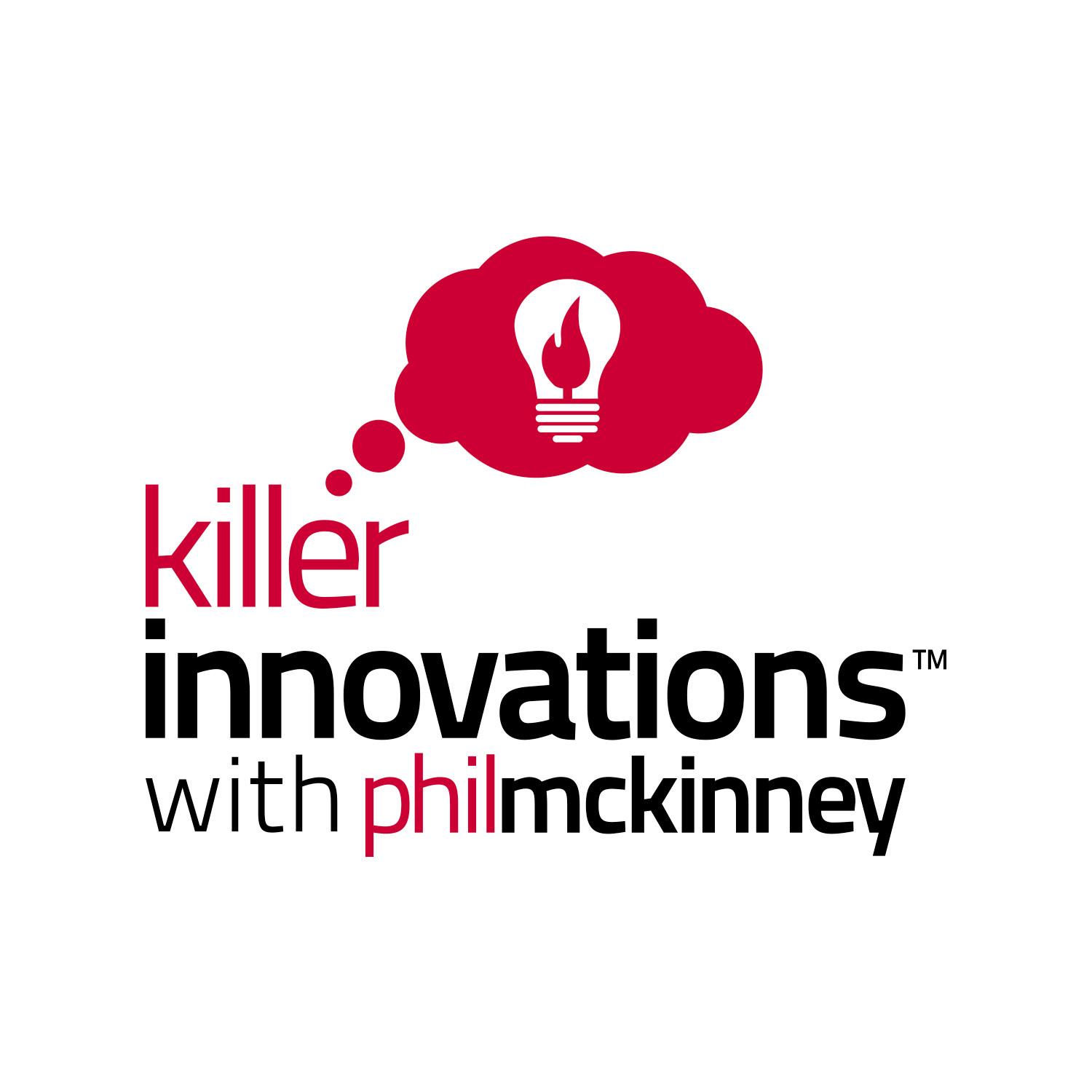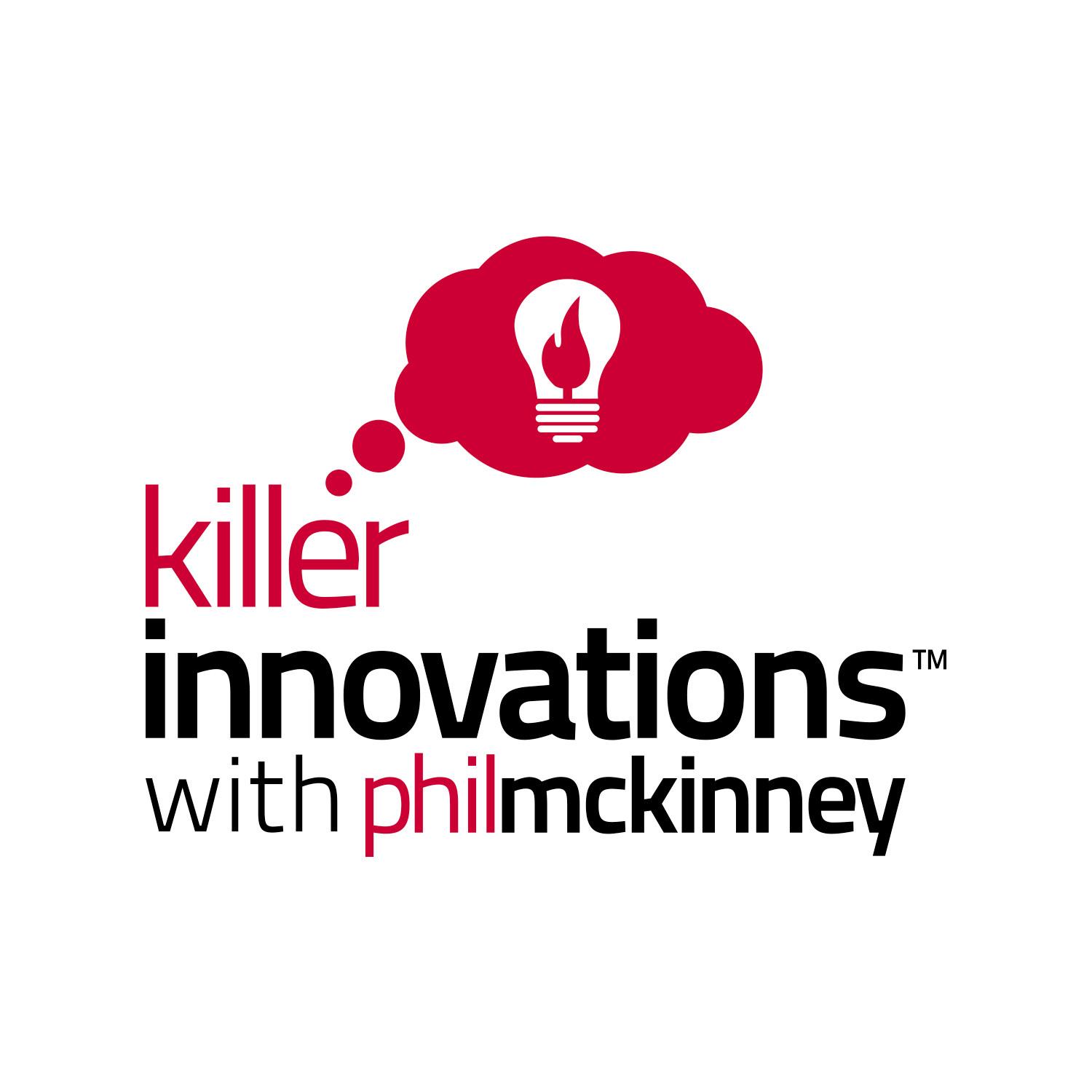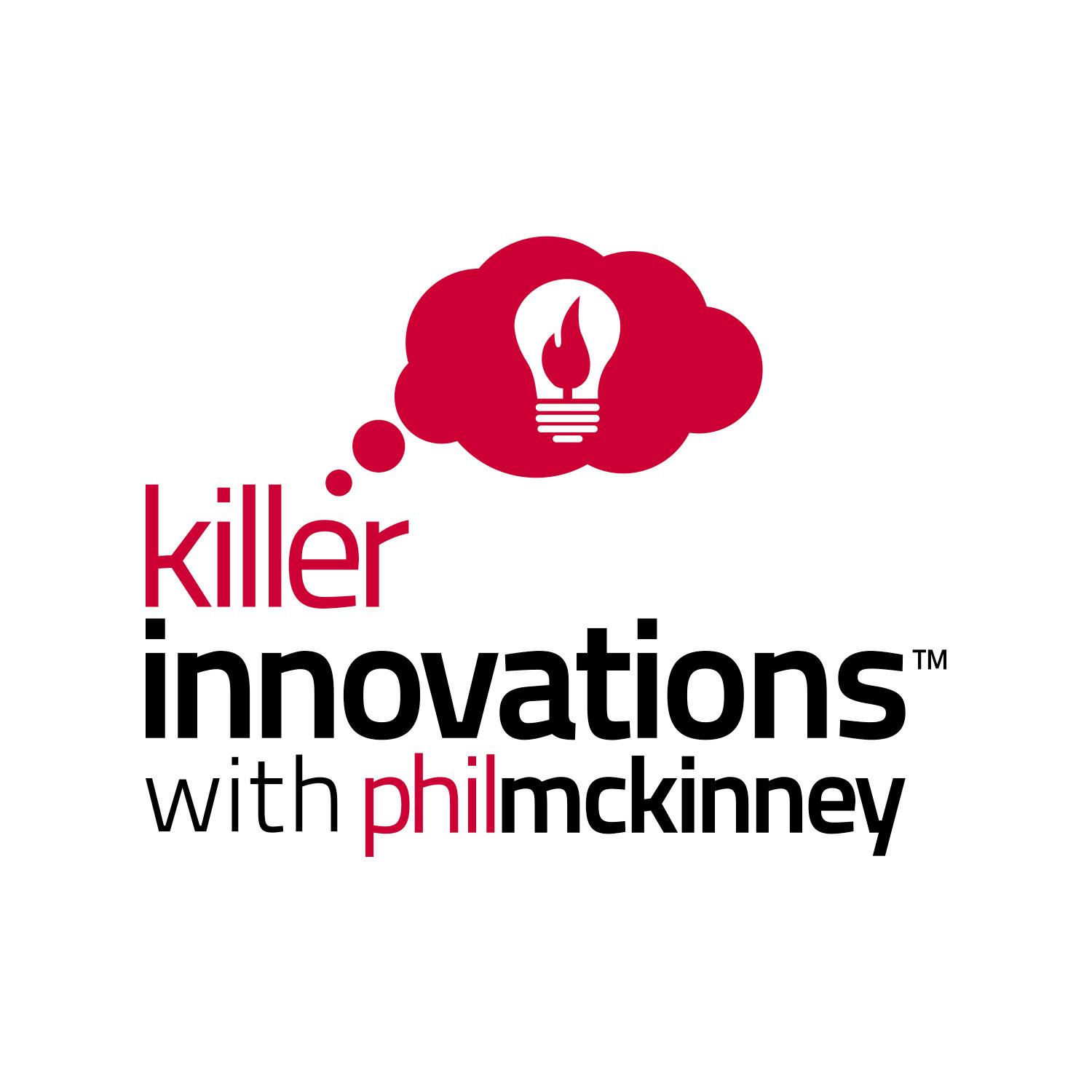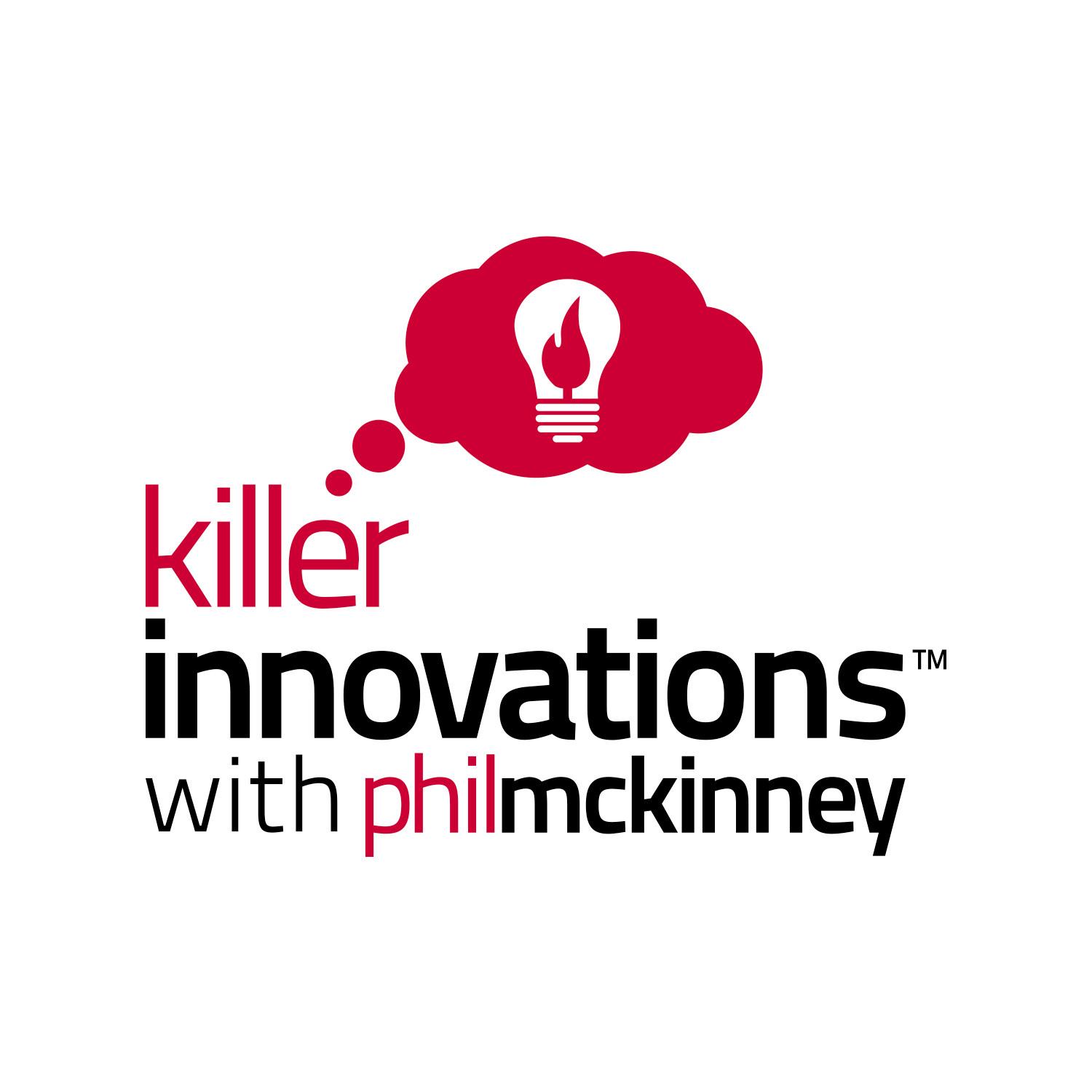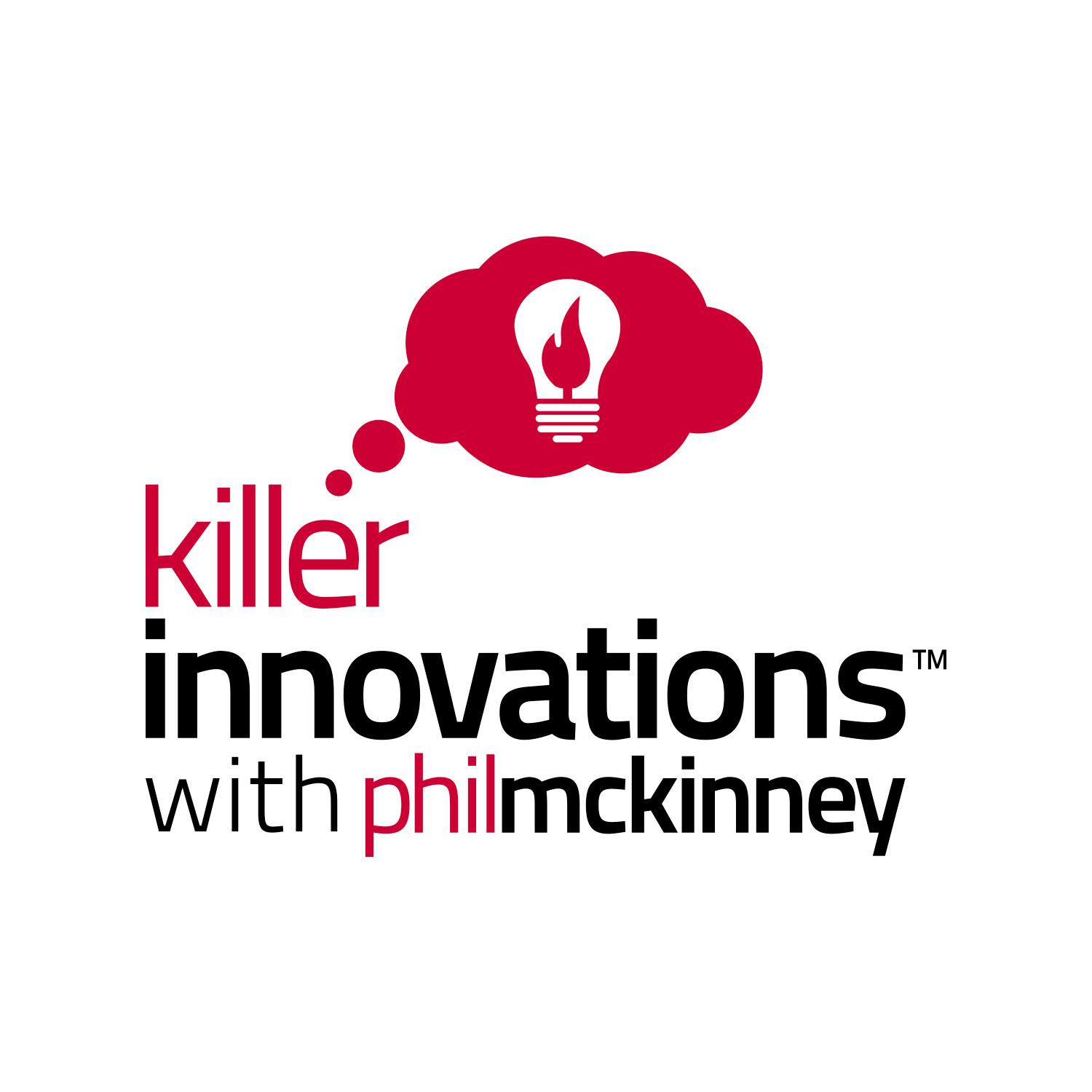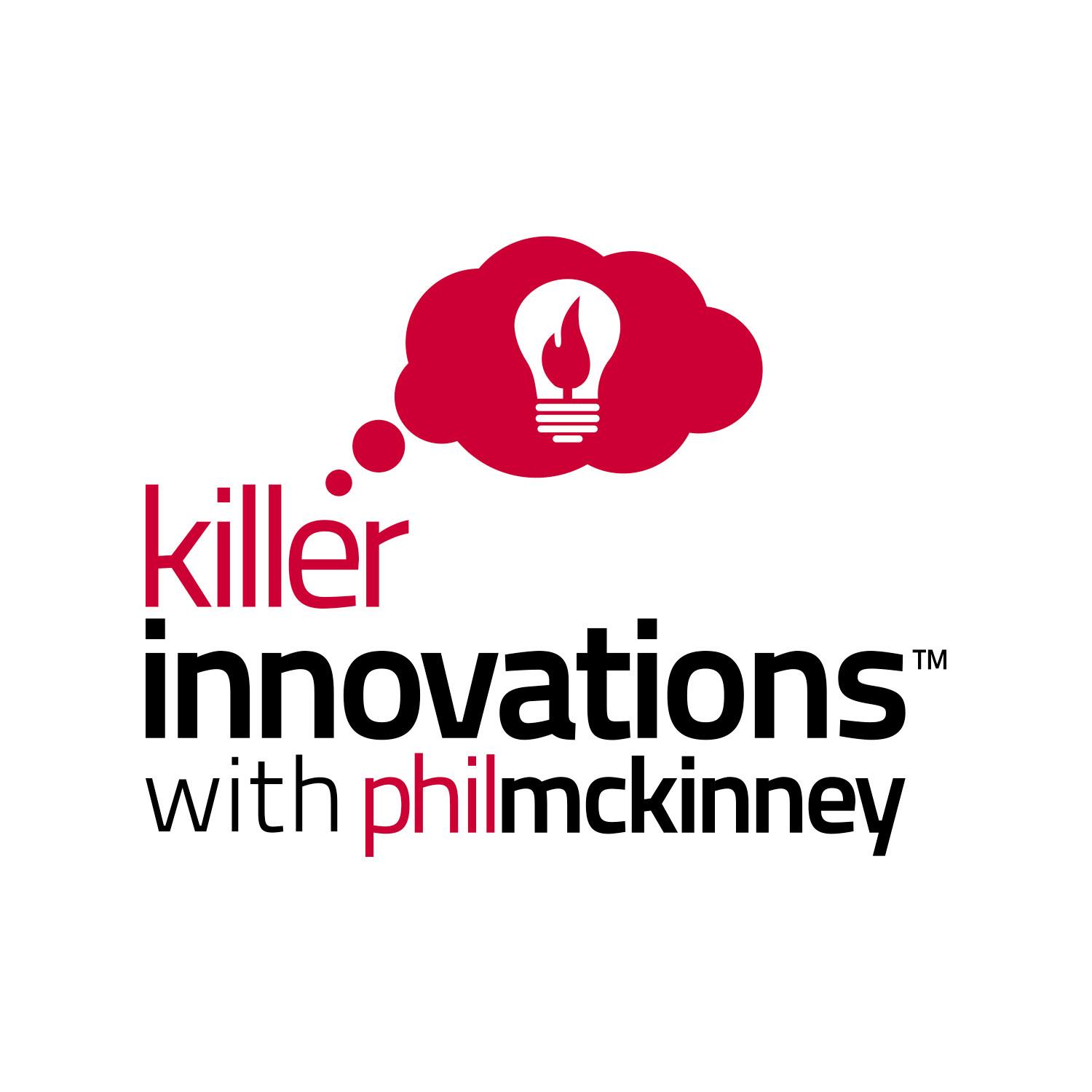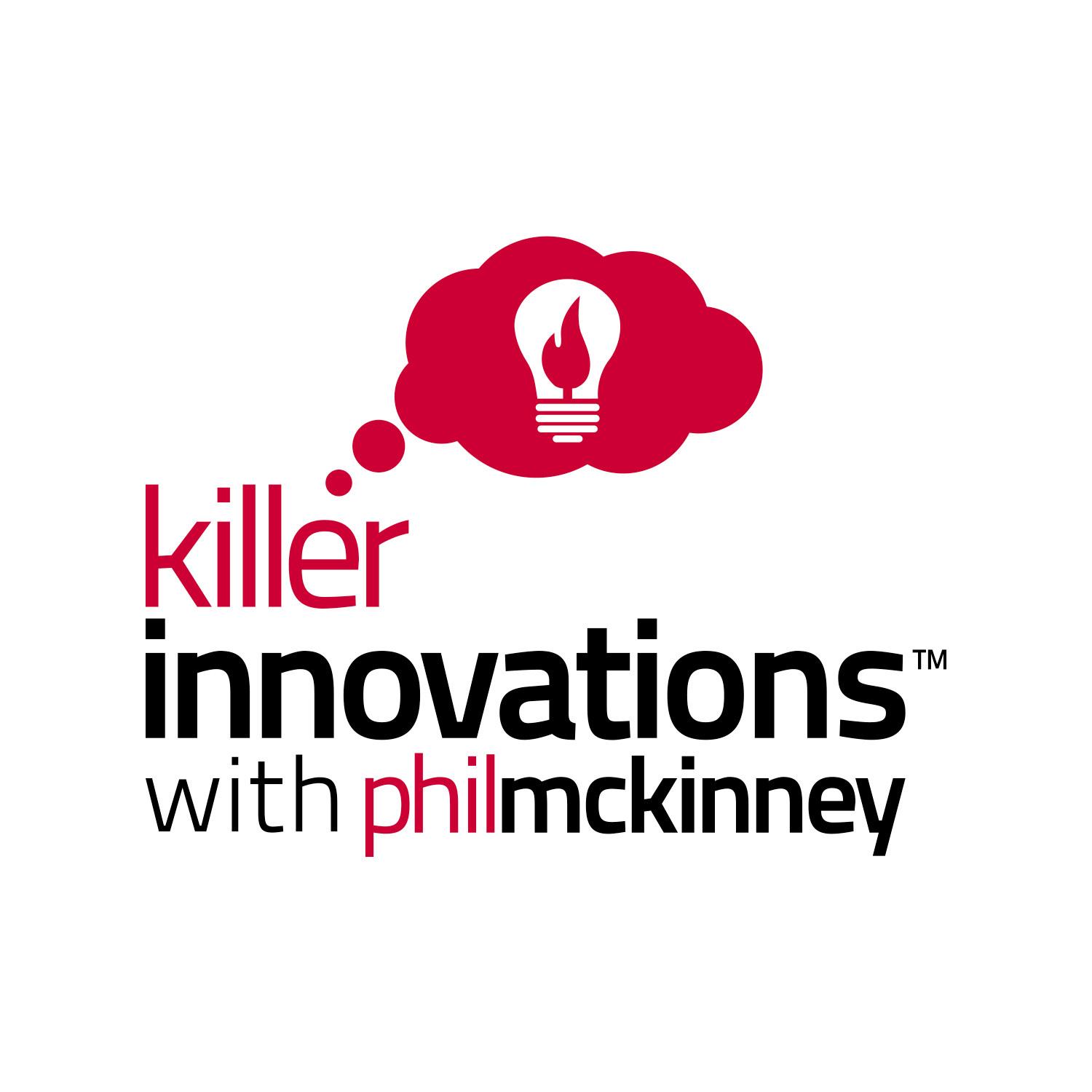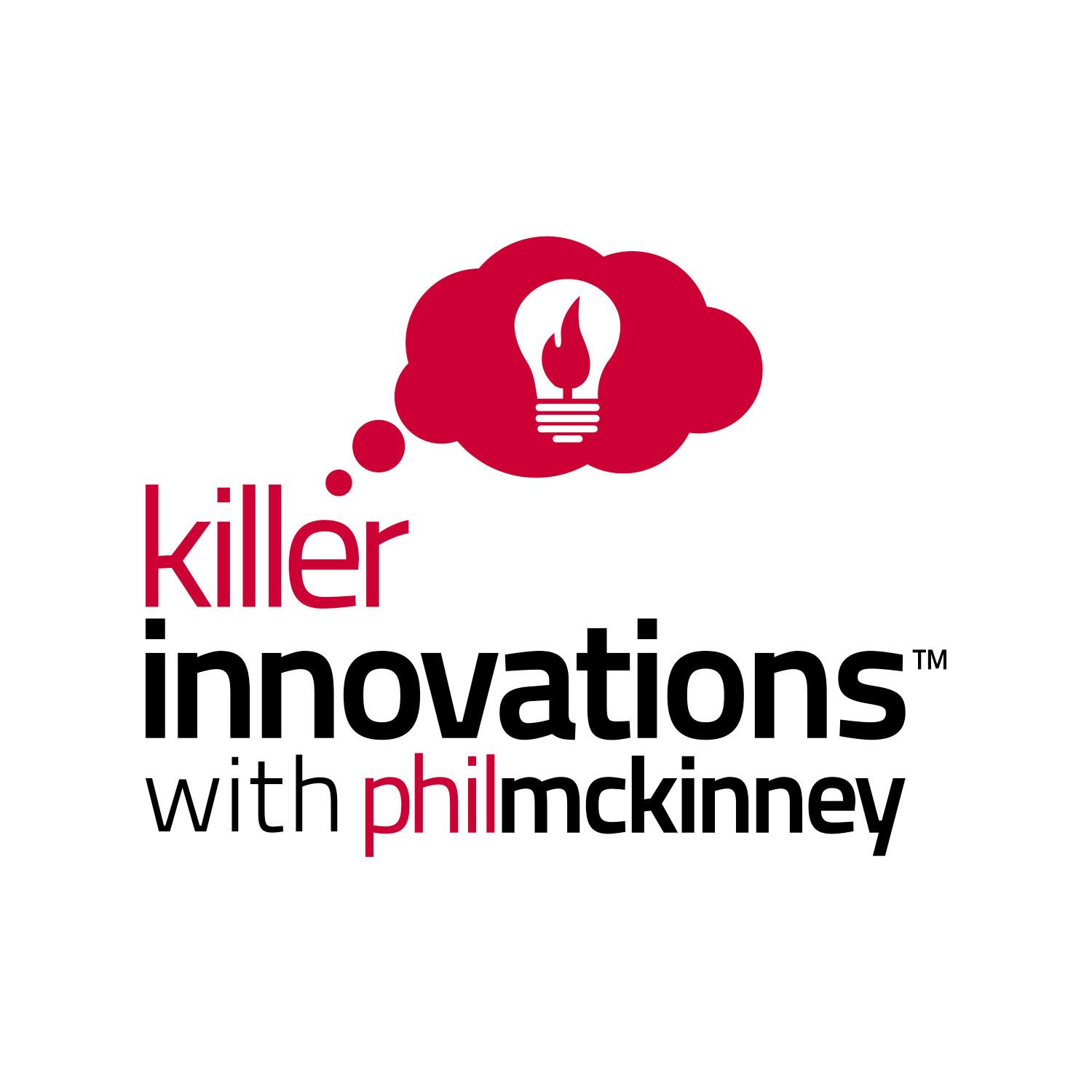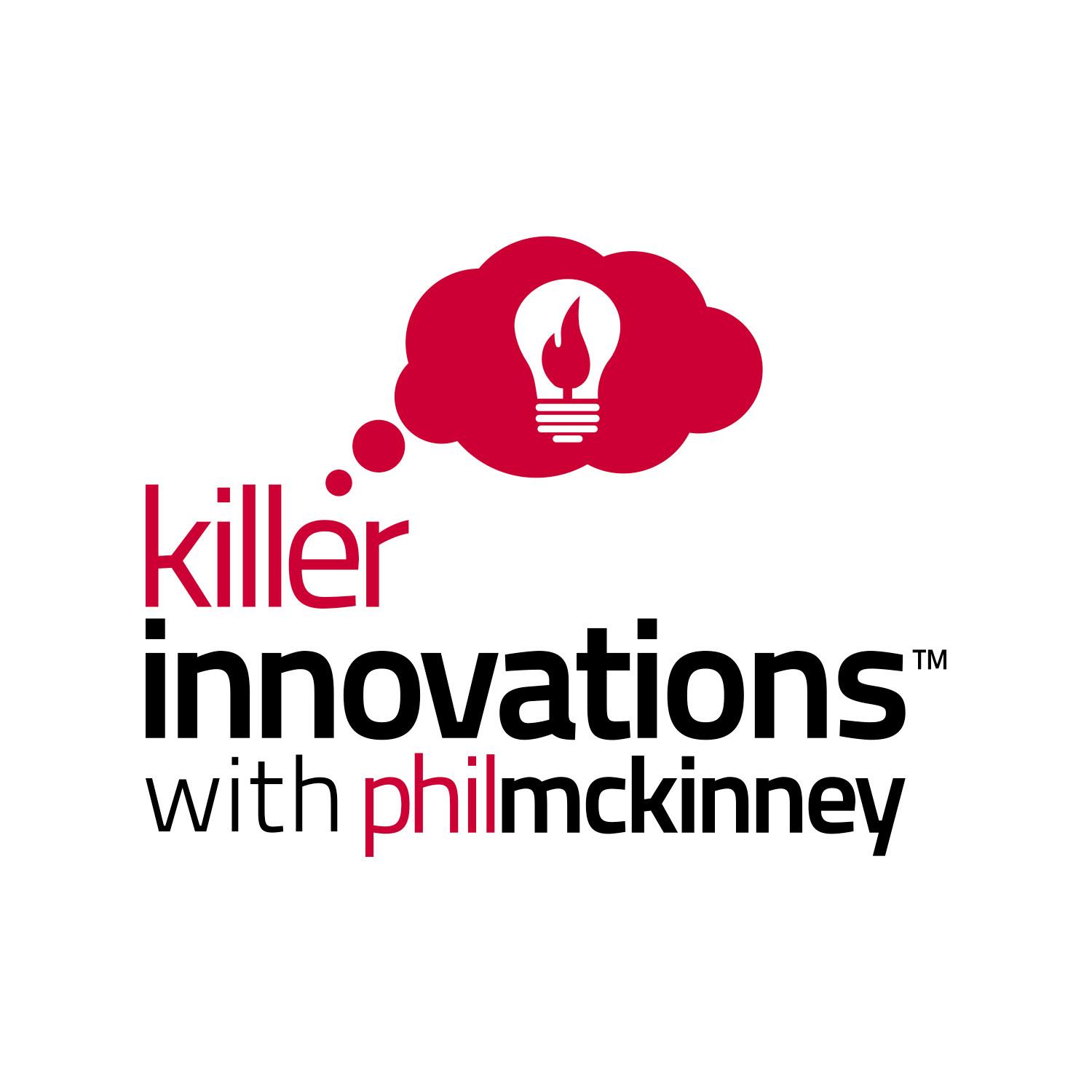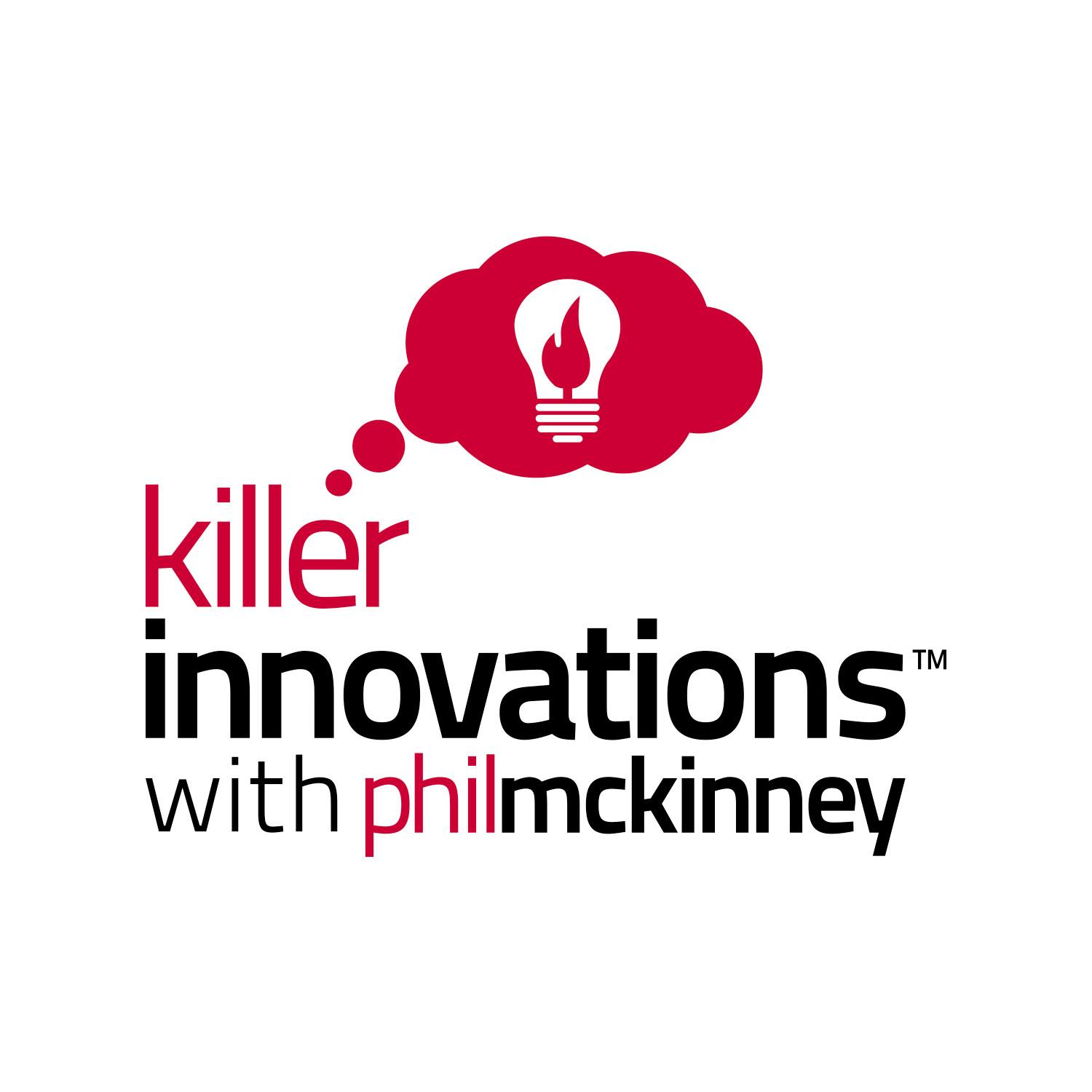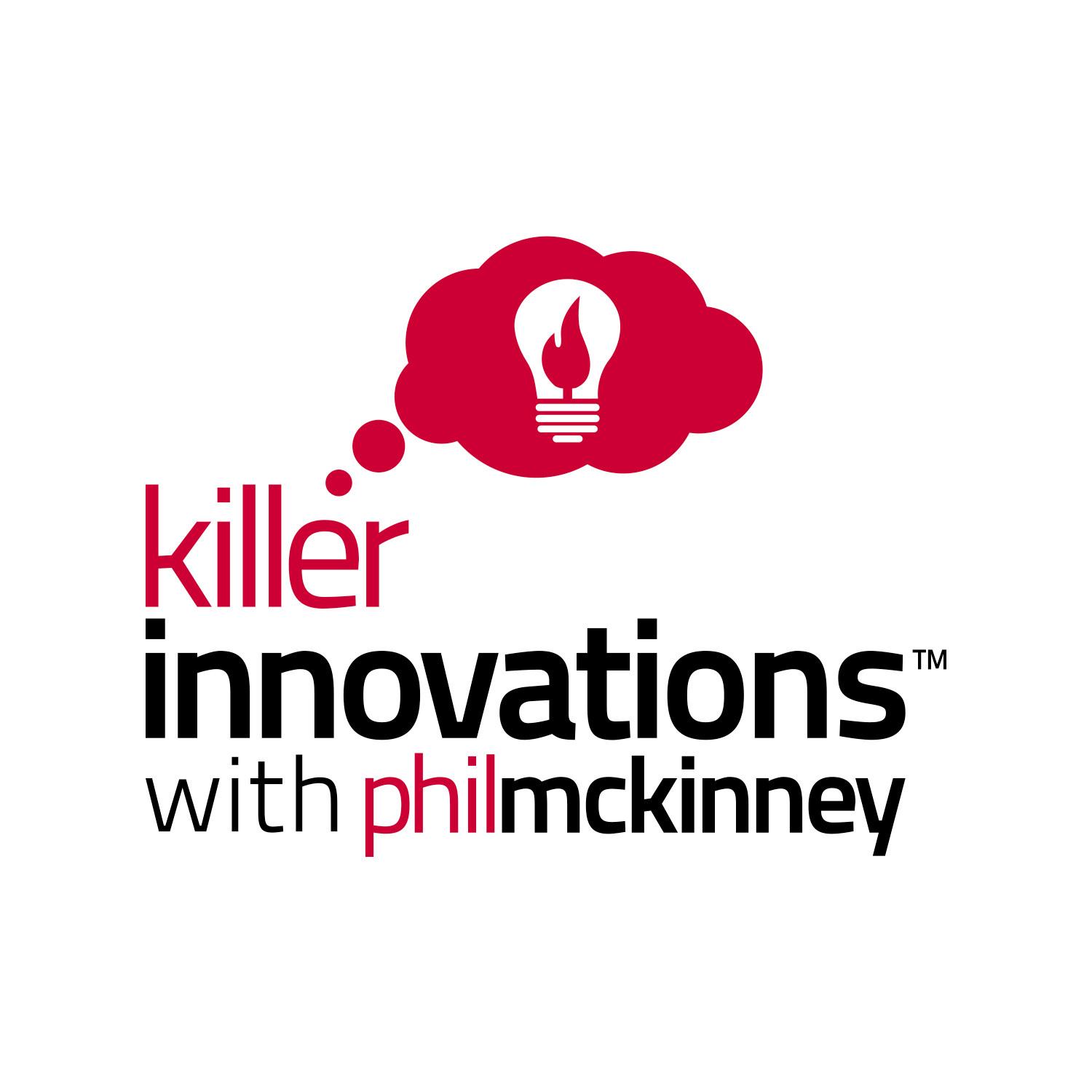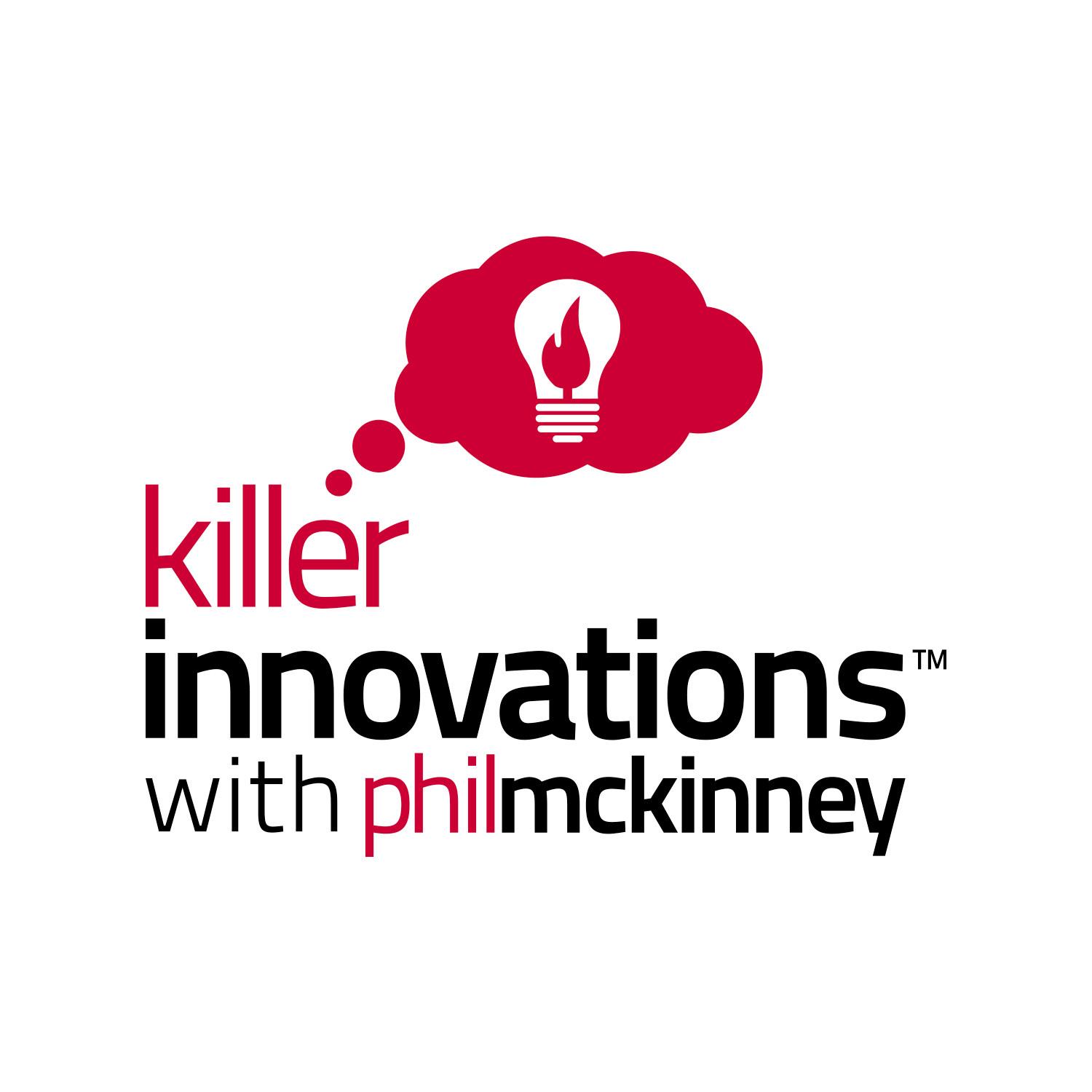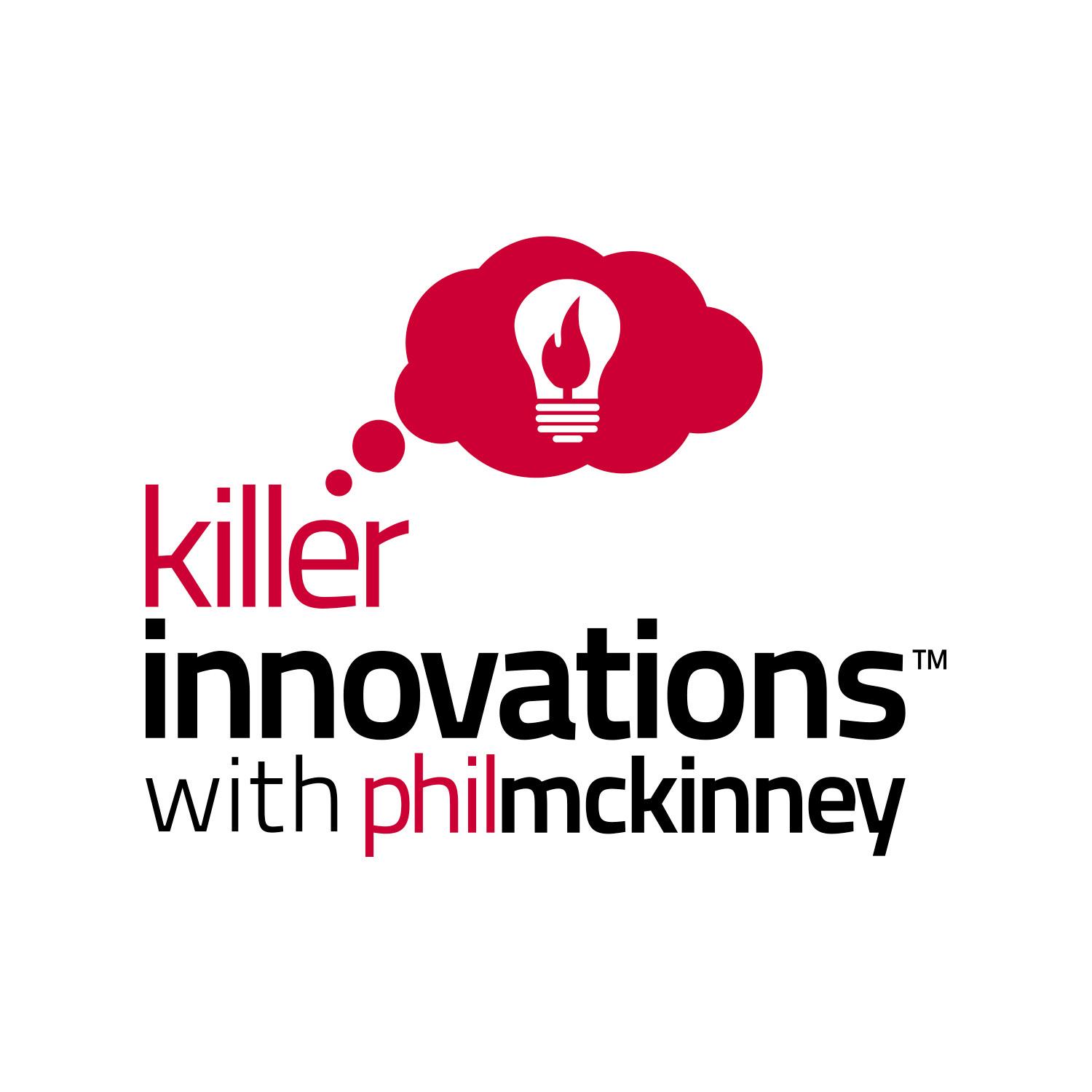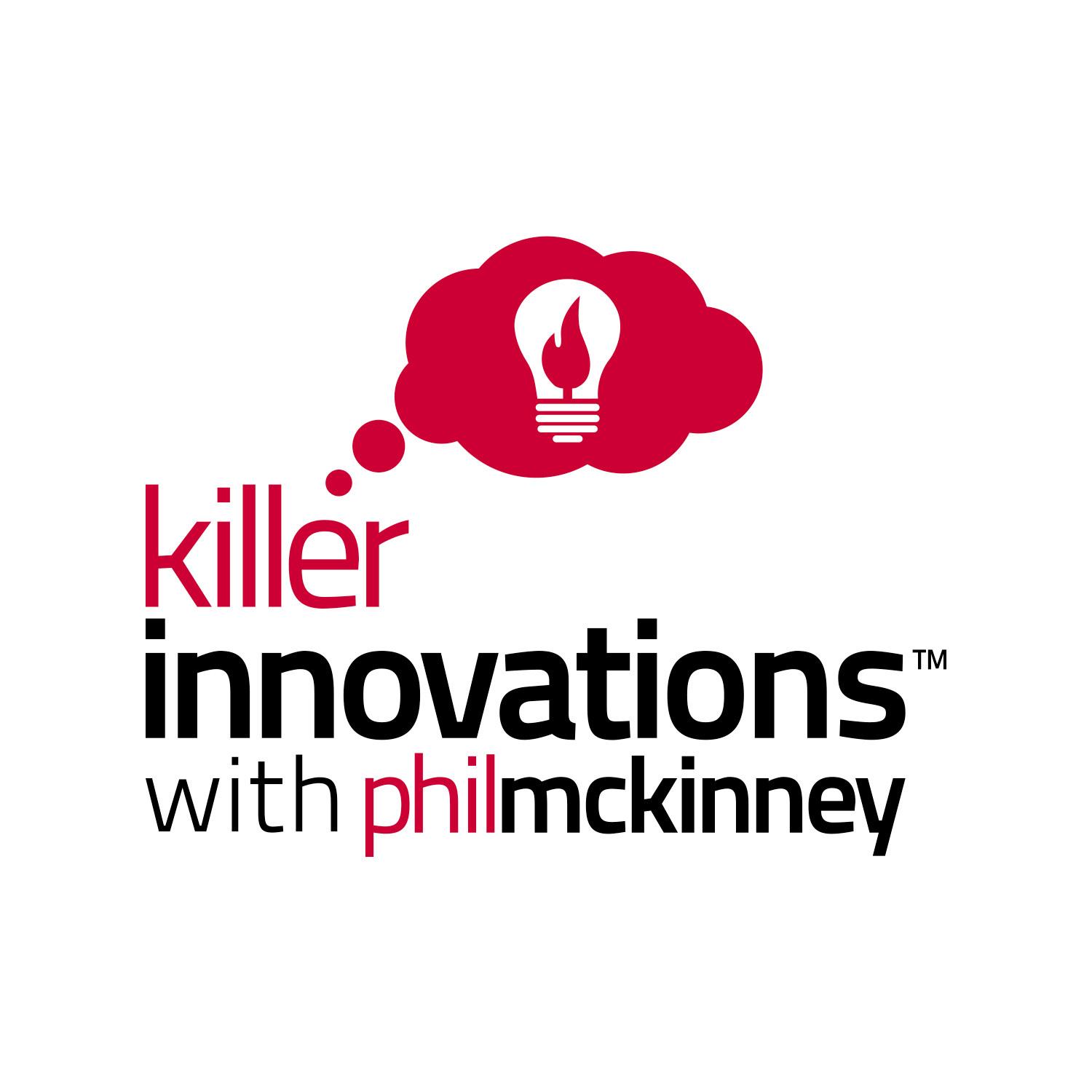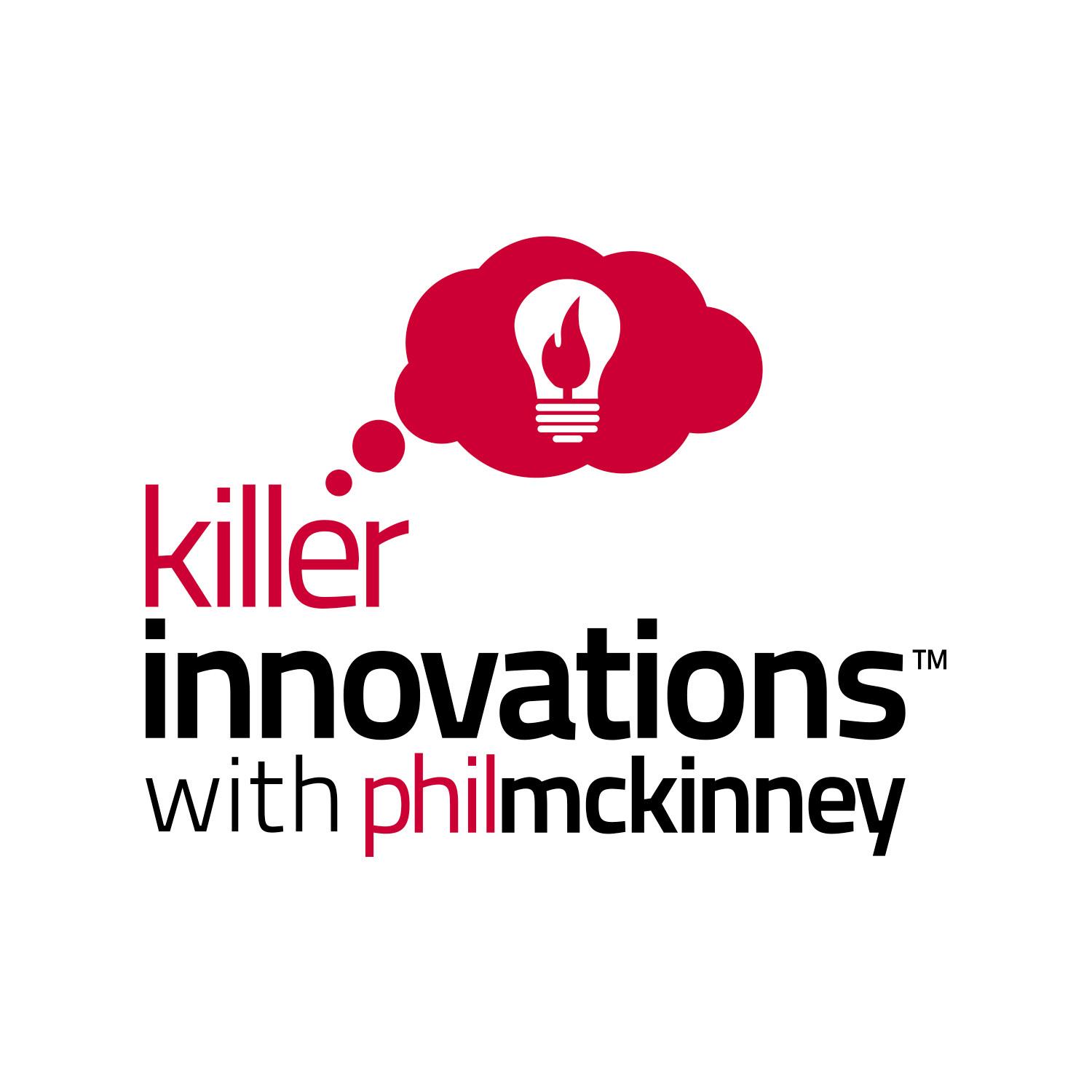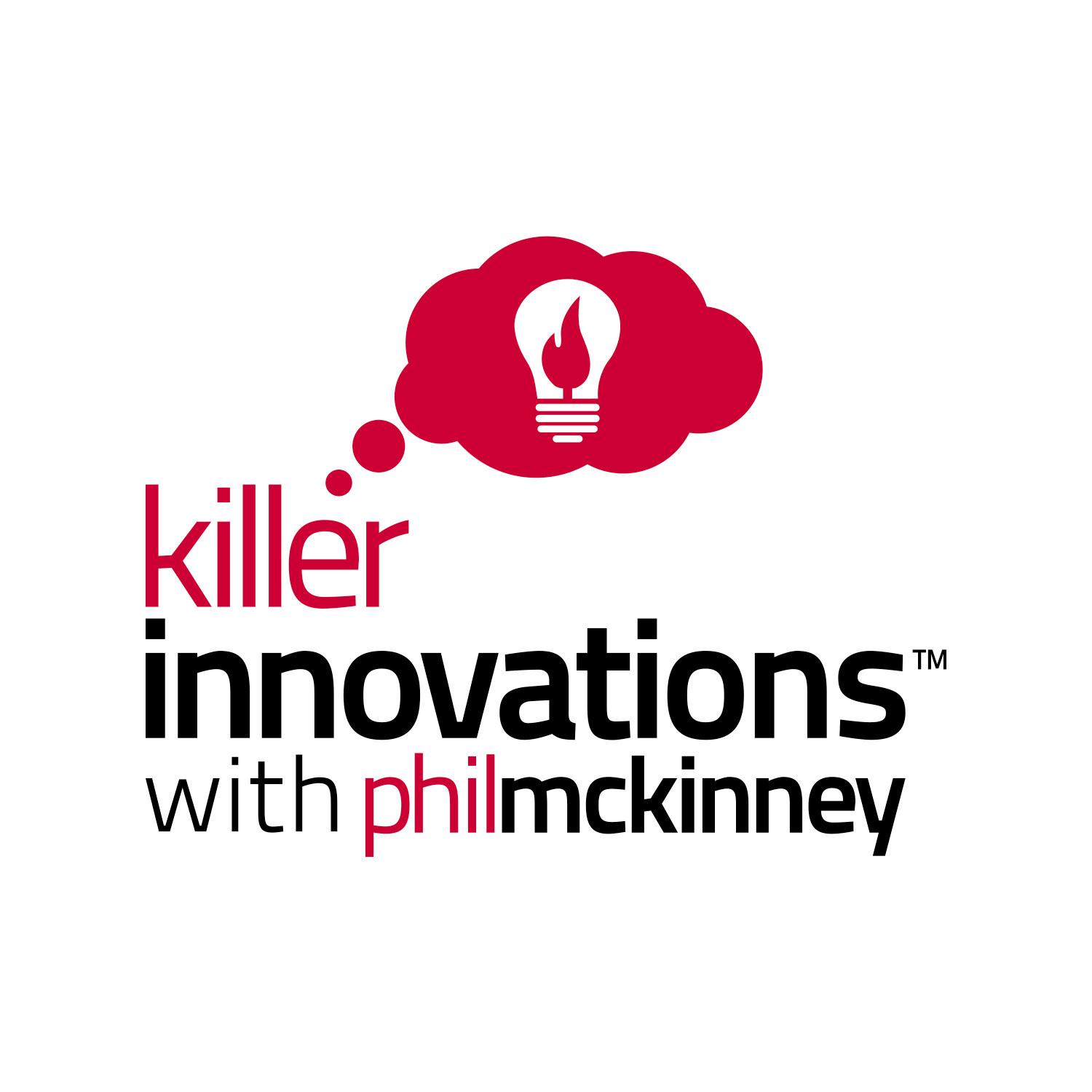Why Great Innovators Read Rooms and not Just Data
Description
You know that moment when you walk into a meeting and immediately sense the mood in the room? Or when a proposal looks perfect on paper, but something feels off? That's your intuition working—and it's more sophisticated than most people realize.
Every leader has experienced this: sensing which team member to approach with a sensitive request before you've consciously analyzed the personalities involved. Knowing a client is about to object even when they haven't voiced concerns. Feeling that a project timeline is unrealistic before you've done the detailed math.
That instinctive awareness isn't luck or mystical insight—it's your brain rapidly processing patterns, experience, and environmental cues. The leaders known for "amazing judgment" haven't been blessed with superior gut feelings. They've learned to systematically enhance this natural capability through practical thinking.
By the end of this post, you'll understand the science behind intuitive judgment, why some people seem to have consistently better instincts, and how to use Practical Thinking Skills to make your own intuition more reliable and actionable.
What Your Intuition Really Is
Intuition is your brain's rapid processing of experiences, patterns, and environmental cues that occur below the level of conscious awareness. When you sense the mood in a room, your mind is instantly analyzing dozens of subtle signals: body language, tone of voice, seating arrangements, who's speaking and who's staying quiet.
This isn't mystical—it's sophisticated pattern recognition. Your brain has stored thousands of similar situations and can quickly compare current circumstances to past experiences, delivering a "gut feeling" about what's likely to happen or what approach will work.
Everyone has this capability. You use it constantly:
-
Walking into a meeting and immediately sensing the mood in the room
-
Knowing which team member to approach with a sensitive request
-
Feeling that a project timeline is unrealistic before you've done the math
-
Recognizing when a client is about to say no, even if they haven't said it yet
-
Sensing that a proposed solution won't work in your company culture
The difference between people with "great intuition" and everyone else isn't the quality of their initial gut feelings—it's how systematically they validate, investigate, and act on those insights.
Why Some Leaders Seem to Have "Amazing Intuition"
Leaders who are known for excellent judgment have developed what I call practical thinking—the systematic approach to using their knowledge and experience to enhance their intuitive insights.
Here's what they do differently:
They treat gut feelings as valuable data, not emotions to dismiss or blind impulses to follow. When something feels off, they investigate systematically rather than ignoring the signal or acting without validation.
They've learned to distinguish between intuition based on genuine patterns and reactions driven by personal bias, stress, or recent events. They can separate "this timeline feels aggressive because similar projects have failed" from "this timeline feels aggressive because I'm overwhelmed today."
They apply structured approaches to validate their intuitive insights before making important decisions. They don't just trust their gut—they use their gut as the starting point for systematic investigation.
They understand stakeholder psychology at a deeper level, using their intuitive read of people to design approaches that work with human nature rather than against it.
The leaders with reputations for "brilliant intuition" have simply learned to make their natural pattern recognition more reliable and actionable through systematic frameworks.
Practical Thinking: Making Intuition Systematically Reliable
Practical thinking is the systematic approach to using your knowledge and experience to validate, investigate, and effectively implement your intuitive insights. It transforms valuable gut feelings into consistently reliable judgment.
Think of intuition as your brain's early detection system, and practical thinking as the methodology for investigating and acting on those signals systematically.
Your intuition signals: "This reorganization plan feels wrong."
Practical thinking investigates: "What specific elements am I reacting to? Is it the timeline, the stakeholder alignment assumptions, or the communication approach?"
Your intuition warns: "This customer seems hesitant despite saying yes."
Practical thinking explores: "What might they be worried about that they can't voice directly? How can I address their real concerns?"
Your intuition detects: "This team meeting feels tense."
Practical thinking examines: "What underlying conflicts or pressures might be driving this dynamic? What does each person need to feel successful?"
When you combine intuitive insight with systematic investigation frameworks, you develop judgment that gets more accurate with experience. This is how great leaders seem to "just know" what will work—they've learned to systematically validate and act on the patterns their intuition detects.
The Practical Thinking Framework™
The framework consists of three interconnected skills that transform your natural intuitive insights into reliable decision-making capabilities. Unlike traditional analytical approaches that ignore gut feelings or emotional approaches that follow instincts blindly, practical thinking creates a systematic bridge between your intuitive awareness and effective action. The power comes from combining all three skills—most people excel at one or two but miss the integration that makes intuitive judgment consistently reliable.
Step 1: Reality Recognition (Not Problem Definition)
What it is: Use your intuitive insights to see situations as they actually exist, not as frameworks or org charts suggest they should be structured.
Why it matters: Your gut feelings often detect mismatches between official reality and actual reality. Most decision failures happen because people address the stated situation rather than the real situation.
How to apply it:
-
Start with your intuitive read of what's really happening
-
Map all stakeholders who will actually be affected, including informal influencers
-
Identify what information is missing and why it might be missing
-
Acknowledge constraints and pressures that aren't officially discussed
-
Recognize the emotional and political landscape your intuition is detecting
Example in action: Your gut says a reorganization plan "won't work" even though it looks logical on paper. Reality Recognition helps you investigate: your intuition is detecting that the timeline is too aggressive for this culture, key influencers weren't consulted, and the plan ignores current team workload realities. Your gut feeling was accurate—it sensed the gap between the plan and actual organizational dynamics.
Common mistake: Dismissing gut feelings because the official version looks reasonable.
Step 2: Experience Application (Not Best Practice Research)
What it is: Use your knowledge of similar situations and these specific stakeholders to adapt your approach, rather than applying generic solutions.
Why it matters: Your intuition draws on your unique experience with these people, this culture, and these types of challenges. That contextual knowledge is more valuable than best practices from other organizations.
How to apply it:
-
Draw on similar situations you've navigated with these stakeholders
-
Consider what you know about how this culture responds to change
-
Apply lessons from previous successes and failures in this environment
-
Adapt proven approaches to fit current personalities and constraints
-
Trust your experience about what will and won't work with these specific people
Example in action: Your intuition suggests that a client is hesitant about a proposal despite their positive words. Experience Application helps you investigate: you remember that this client typically asks detailed implementation questions when they're serious, but they haven't asked any. Your experience with them suggests they're worried about execution complexity but don't want to seem unsophisticated. You adapt by proactively addressing implementation support rather than pushing for a decision.
Common mistake: Researching what worked elsewhere instead of applying what you know about this specific context.
Step 3: Stakeholder Psychology Reading (Not Stakeholder Management)
What it is: Decode what people really need and fear versus what they say they need, then design approaches that align with their actual psychology.
Why it matters: Most initiatives fail not because of logic or resou

